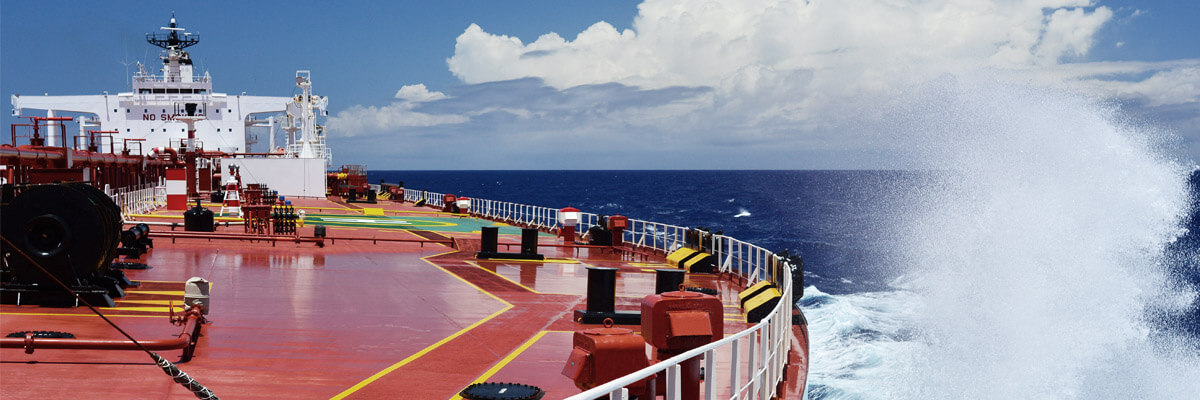
Port fees and sanctions loom large; tanker rates still soaring
Tanker: Continued strength, positive forward outlook
The tanker market reflects a positive outlook, with strong rates across VLCC, Suezmax and Aframax segments following a slow start to last week. The Aframax market had a very strong week with an overall increase of 13%. Long haul cargoes going east saw the largest progress.
Single voyage fixtures for VLCCs have once again surpassed USD 100,000 per day, reflecting sustained strength in the crude tanker market. Furthermore, Clarksons has raised its estimate for Suezmax second hand values (resale) from USD 94 million to USD 97.5 million, excluding scrubber equipment. Overall, sentiment across the tanker segment remains notably strong.
LPG/VLGC: Market softens amid port fee uncertainty
The VLGC segment saw a downturn, as uncertainty surrounding potential port fee increases weighed on both sentiment and activity levels. Average spot earnings declined to USD 37,671 per day, down 20% from USD 47,471 per day the previous week. The one-year time charter rate for 84,000 cbm vessels stands at approximately USD 42,000 per day, reflecting a 2% week-on-week decrease.
PCTC: Stable market as rare-earth stockpiling increases
Car carrier activity remained stable this week amid balanced supply and export volumes. Meanwhile, automakers are accelerating rare-earth purchases ahead of China’s November 8 export restrictions while concerns persist over supply disruptions and potential factory shutdowns. The restrictions target key elements used in EV motors and sensors, including ytterbium, holmium, and europium. China controls roughly 70% of global mining, 85% of refining, and 90% of magnet production.
Geopolitical: Russia’s export options curtailed following US sanctions
PetroChina, Sinopec, China National Offshore Oil Corp, and Zhenhua Oil have temporarily suspended Russian crude imports following new US sanctions on Rosneft and Lukoil, according to Reuters. The move mirrors India’s recent reduction in Russian oil purchases, with both private and state-owned refiners reportedly reassessing their sourcing strategies.
India and China remain Russia’s two largest crude customers, importing a combined 3.1 million Russian barrels per day in September. Overall, Russia accounts for approximately 20% of China’s crude oil imports.




